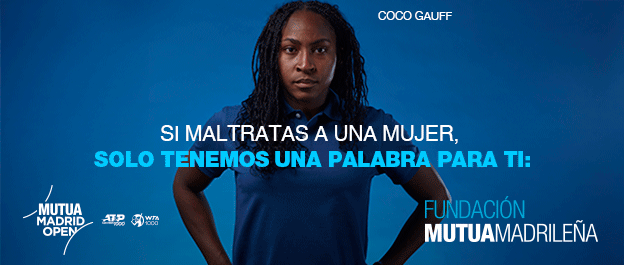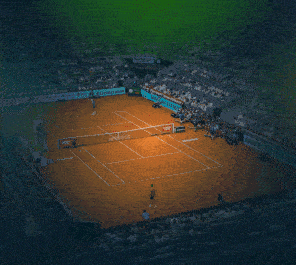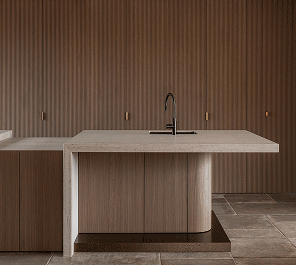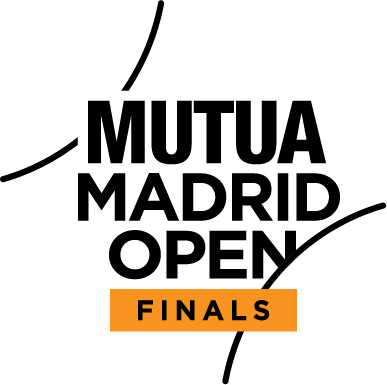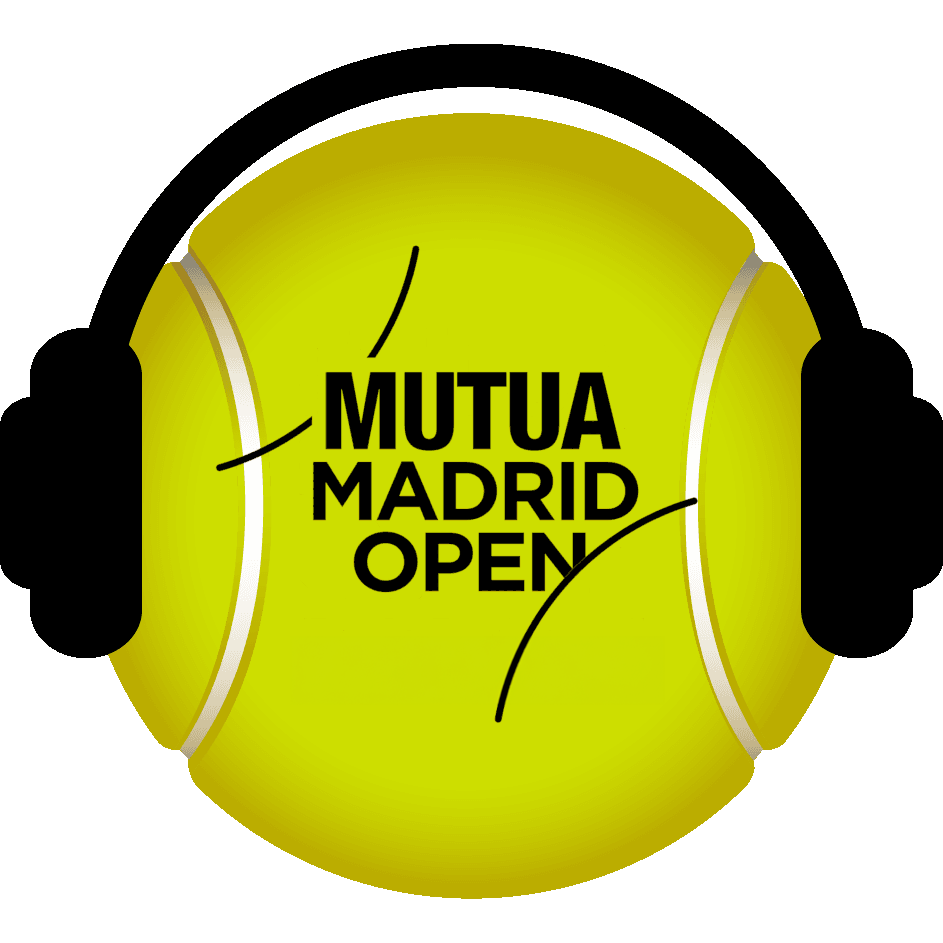The Mutua Madrid Open has been in existence for almost a quarter of a century, and for six seasons now Feliciano López has been the director of a tournament that changes and grows every year, but whose end goal, its magnetic north, is to keep getting better. Just like in sport, the higher the bar is set, the more carefully you have to prepare for the jump.
Q.- A new Mutua Madrid Open is just around the corner. Obviously experience helps a lot, but every year is also different, isn’t it?
A.- Yes, a lot of things are already done. It’s been over 20 years, but there are always challenges. The last one came last year, the first season when the tournament lasted two weeks and it was a big challenge in terms of infrastructure and many other things. First, preparing the venue for twice the number of people, because we went from fifty-six to ninety-six players and it’s not just them, it’s their whole team and entourage. That affects the entire logistics of it: transport, hotels, etc., because everyone has to be catered for, but above all the challenge was setting up the venue in terms of locker rooms, courts…
Now we have many more courts in the Caja Mágica. We’re currently finishing building four, last year they added two more… We’re making the best use of the space possible and this year we need to drive it home and improve the finer details that didn’t go as well as we expected last year, but it was obviously difficult, being the first year.
Q.- Nowadays it seems like there’s a constant pressure for innovation, including in sport. How does the tournament deal with that?
A.- We’ve always been pioneers. We’ve been a very innovative and technological tournament. In that regard we’ve always been the ones to take the biggest risks, always with the goal of doing new things and surprising people. The year of the pandemic we hosted a virtual tournament, with professional players competing online, which was pretty innovative at the time and nobody was expecting it. We always try to surprise people, but it’s true that the margin is getting smaller and smaller because the standards of the tournament are very high in every regard, but we’ve always worked hard here to find a way to do things better. Since I started to work here, I’ve learned that there’s always room to do things better. It’s already difficult, but in the future, when the new stadium is ready, there will be different things for people to see. But this year the goal is to drive home everything we did well last year and from there polish the finer details.
Q.- This year could be Nadal’s last appearance. Is the tournament ready for that?
A.- Nobody’s ready for Nadal to leave us, honestly. Not the fans, not his peers, I think that Rafa’s retirement will be very painful for the whole tennis world, but we don’t know when it will be. Hopefully it’ll be very late, as late as possible… But, I don’t want to believe it’s his last playing year here either. I hope he still has a few left, because there’s currently a lot of uncertainty surrounding his retirement. I’m not thinking about this being Rafa’s last time here. My wish is for him to be well and healthy, and that he can complete a clay swing as he would like to. From there, we’ll see what happens. But I think he’ll still play in Madrid more than once. I hope this isn’t his last.
Q.- Because he is, without a doubt, the most important player in the event’s history, isn’t he?
A.- It’s almost an offensive question. It’s obvious. Nadal has done things that have never happened in history. He’s not only the best Spanish sportsman of all time, for many he’s also the best tennis player in history. Yes, the debate is still open. Some say Djokovic, who has the irrefutable numbers. But others believe Rafa has also made a case. Personally, I believe he’s done incredible things that might contribute to him being considered the best in history, above all the fact that he’s won the same Grand Slam 14 times. To me, that achievement eclipses others. This tournament was born without Rafa, but it grew up with him and obviously he has made an inordinate contribution to the whole growth of the tournament. The people of Madrid adore him and it’s been amazing to see the tournament grow along with our best player.
Q.- Madrid has also adopted Carlos Alcaraz. What is it people most like about him?
A.- What I like most about Carlos Alcaraz is his bravery. I think he’s a tremendously brave player who has no fear of taking on the best, we’ve seen that since he started at 17 or 18 years of age… He stood up to the three best players of all time, even though it was for a short time. Because Federer, for example, is no longer playing. Rafa in the last two years has barely played, but he was very brave facing Djokovic and beating him in the Wimbledon final. I think I would highlight his bravery, his self-confidence, the way he carries himself on court. I think he’s one of those different players where you never know what’s going to happen and I think that’s incredible. I don’t see players in tennis today who surprise you or that lift you off your seat because they do something different and special. And Carlos has that. That bravery, that variety of shots to me is Carlos’ hallmark. He’s arrived at a time in which tennis has one similar style, and suddenly this kid comes along and surprises you, hits a drop shot at you, comes to the net, attacks, defends… That’s why I think people like him so much.
Q.- How do you see Djokovic this year?
A.- I think he’s playing well. He lost in the final in Australia, then he played before the clay swing in Indian Wells and lost early, but I don’t think it’s enough to think that Djokovic is going through a bad patch. In Australia, he lost to Sinner, who played a great game. I think there would have to be more tournaments in which Djokovic isn’t at his best to think that he’s in a rut. There’s still a lot of the season left and honestly, if he doesn’t have any fitness issues, and as I understand it he doesn’t, then I think he’ll be one of the ones fighting for the big titles, as he has done over the last 15 years.
Q.- After the Big 3, will we see a period in men’s tennis akin to the women’s game, where there is a very open battle to dominate?
A.- I’m seeing a very big generational change, and the players are very different to before. We’re going to see some very different years and not such a clear dominance of just a few players, although I think there will be two, Sinner and Alcaraz, who will be at the top. Obviously, there’ll be people who disagree, but I think they have something different to the rest. After them, Medvedev, he’s a little older, but he belongs to the same generation as Carlos and Jannik. I think he’s made his case for us to consider him a contender for the big tournaments in the coming years. But I think it’ll be between Carlos and Jannik at the helm.
Q.- There’s an increasing number of players who are mothers in the women’s game. Will there be a nursery at the Mutua Madrid Open?
A.- Well, we’ve had a nursery here for many years. We’re trying to find the space because now, with all the changes in the Caja Mágica with the new tournament, we needed a load of spaces that were previously used for other things, and that was one of them. But yes, there are nurseries at other tournaments around the world, because an increasing number of players travel with their families. In some cases, small babies need to have a space like that to spend the day, either with their mothers or people who are working to help. We’re working on that, of course. It’s not new for us.
Q.- How does the future of the Mutua Madrid Open look? Will the new court be built soon?
A.- The court will be built in the north zone, alongside the current outdoor courts, in a space that’s currently a lake. It’ll be ready for 2025 or 2026, but it’s already underway, approved, and work is being done on it. We’ll know a more specific timeframe when the licences come through and things are resolved before starting, but the idea is to have another court with 8,000 or 10,000 seats in two years or less. Now we have matches that can attract those spectators and we have to put them in the second stadium, which is 3,500 seats. It’s a slight handicap because although the stadium is spectacular, it has a roof, and the spectators are very close to the players, it has a limited capacity. The new court will give the tournament a new dimension and I think it’s the cherry on the cake that we need to be more like a Grand Slam. We already are in every regard, but a stadium of that magnitude will give us the opportunity to have big matches on both courts over many days, and that gives you a real Grand Slam feel. That’ll be the cherry on the cake.





